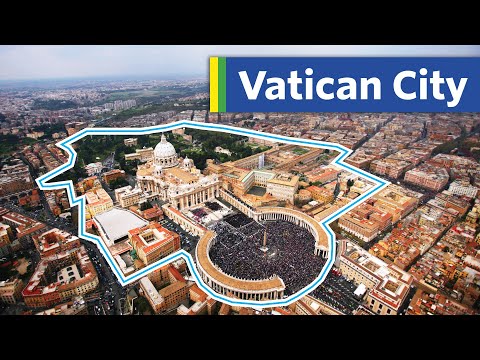
Vatican City, the smallest independent state in the world, is nestled within the heart of Rome and serves as the spiritual and administrative center of the Roman Catholic Church. It is home to some of the world’s most famous religious and cultural sites, including St. Peter’s Basilica and the Sistine Chapel. However, beyond these well-trodden paths lie several lesser-known buildings that hold significant historical and artistic value. This article unveils some of these hidden gems within Vatican City.
#### The Apostolic Palace: A Confluence of Art and Spirituality
While parts of the Apostolic Palace are well-known, such as the Papal Apartments and offices, there are sections less frequented by tourists that offer a unique glimpse into papal history. The Palace hosts a series of chapels, libraries, and private rooms adorned with works by Renaissance masters. Among them is the Niccoline Chapel (Cappella Niccolina), decorated with frescoes by Fra Angelico that are considered among his finest works. This chapel served as a private place of worship for Pope Nicholas V in the 15th century.
#### The Vatican Gardens: A Tranquil Escape
Covering more than half of the entire state’s territory yet not as frequented by tourists, the Vatican Gardens are a serene hideaway from the bustling city around them. They contain a variety of medieval fortifications, monuments, and fountains along with an impressive collection of plants. This botanical oasis has been a place of quiet reflection for popes since 1279 when Pope Nicholas III moved his residence back to Vatican from Lateran Palace.
#### Governatorate Building: The Administrative Heart
The Governatorate building houses various departments essential for managing both governmental affairs and everyday operations within Vatican City. While public access is restricted due to its administrative function, its significance lies in supporting all other aspects of life within Vatican City from healthcare to security.
#### The Teutonic Cemetery: A Sacred Memorial
This hidden gem near Saint Peter’s Basilica is often overlooked by many visitors. The Teutonic Cemetery is a small graveyard reserved primarily for German-speaking members of religious institutions. Rich in history, it dates back to when Charlemagne first brought German guards to protect religious officials in Rome.
#### Casina Pio IV (Villa Pia): Home to Pontifical Academies
Casina Pio IV may be one of Vatican City’s most beautiful treasures that many do not get an opportunity to see. Nestled deep within the gardens, this villa was built under Pope Pius IV in 1561 and exemplifies Renaissance architecture with its loggias looking out onto flawlessly manicured gardens – an idyllic setting for contemplation and study.
These buildings not only enhance our understanding of Vatican City’s architectural diversity but also reveal layers about its daily operations which contrast deeply with its more public spiritual identity seen through places like St. Peter’s Basilica or Sistine Chapel.
Each building tucked away within this walled enclave holds stories waiting to be discovered; they offer insights into centuries-old traditions combined with their ongoing relevance today in maintaining both secular administration alongside profound spirituality at this global epicenter for Catholics worldwide.
